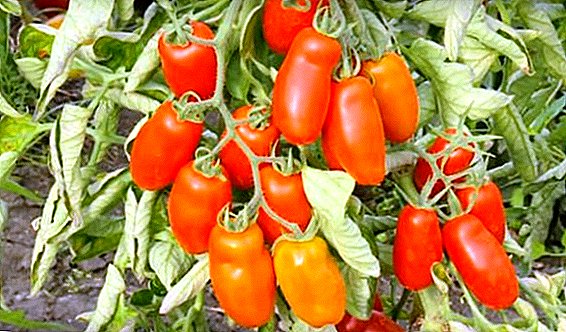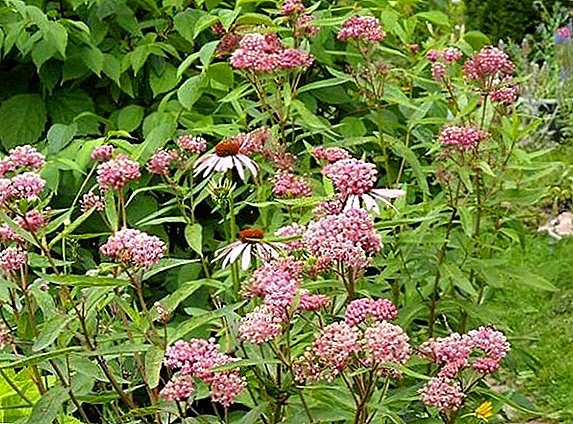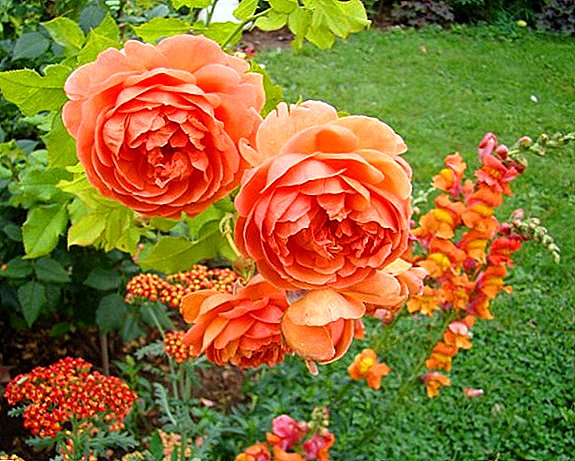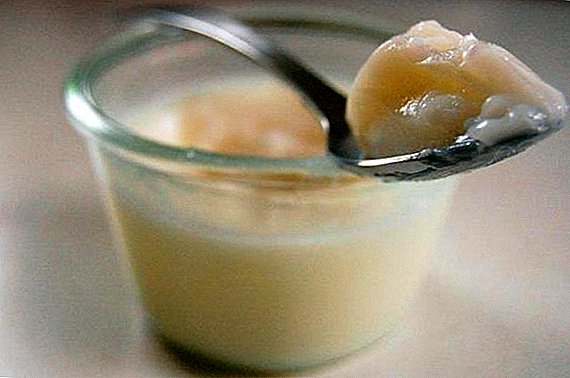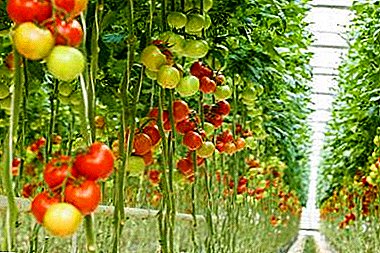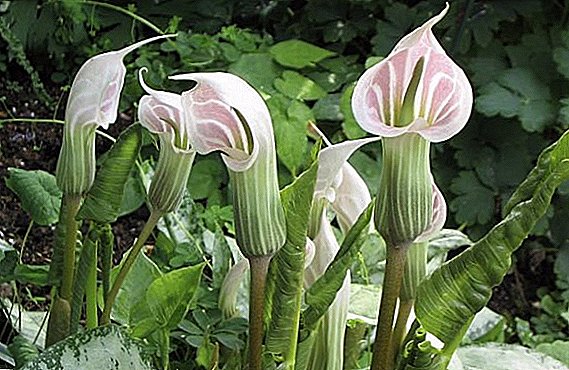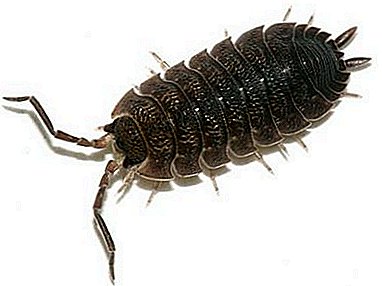
Very often, domestic plants suffer from infection with harmful insects.
One of these pests is wood louse. However, it can live not only on plants. It can also be seen in the bathroom.
You will find out in this article about where you can meet an unwanted guest, why he appeared in the apartment, how many legs he has and how to distinguish him from other insects.
Who are they?
Anyone who has ever seen a woodlouse will say that it is an insect. In fact, it is not. These arthropods belong to the crustacean family and the order of the isopods. For many centuries, this creature has adapted to live on land, but it continues to breathe with the help of gills.
A place to live chooses wet and warm and where there is an opportunity to eat. Most often they choose places near reservoirs, in forests, groves and plantings. However, they can be seen in the apartment and other residential areas.
Most often in the apartment they can be found in the bathroom because it is here that the humidity is higher than in other rooms. They can also be seen in bags of vegetables or in flower pots.
Woodlice feed on plant food. For this fit the roots, leaves or fruits. Even as food they choose live and dead microorganisms. Organic waste, domestic plants and storerooms are also suitable for feeding on wood lice.
They are very afraid of bright light, which is why they are nocturnal.
Licks do not bear any danger to human life and health. They do not bite and do not spoil the food. However, it is worth remembering that on their feet they are able to carry viruses and fungi, which is why they are considered distributors of many diseases. If at least one individual is detected, it is urgent to get rid of them.
Species that inhabit the human dwelling - description and photo
Tell you about the main types of woodlice. In the photo below you can see what the house louse, which lives in our apartments, is like, what this insect looks like in close-up photos.
Common arthritis
Occurs in basements and storerooms, in places where there is dampness. Reaches the size to 18 mm. When danger collapses into a ball. It has a dark color. The body is divided into segments that are clearly visible. It feeds on plant foods.

Rough
Selects residential and wet areas. She moves very fast. It has a soft shell. Basically, the apartment gets from the basements. The apartment is most often seen in the bathroom or in places where there is mold, as this is her favorite treat. However, this does not mean that it can not be found anywhere else. It is adapted to live in the basement and bathroom, and on the roof or attic. This species is especially dangerous for indoor plants.

White
Received the name because of the color of the calf, its size is about 6 mm. Can be seen in the bathroom, in dark corners.

Body size
The body has a convex shape. Size from 1 mm to 10 cm. The whole body is covered with hard chitinous setae, which are a kind of protection from predators.
Detailed description of the appearance
Its appearance is rather unremarkable. The color may be white, gray, light brown or brown.
The body is oval in shape and tapers down. Consists of segments and covered with shell. It has a strong chitinous shell, on which there are many pores, because of this, the body does not hold moisture well. In the back of the body there are bifurcated tubes, it is through them that water enters the body. On the back of some species may be drawing.
The body has a head and belly. Woodlice have 7 pairs of legs of their two branches. One pair overlaps the other, and the outer branches create a sturdy casing. And on the inner pairs there are respiratory outgrowths and they perform the function of the gills.
The front legs have respiratory organs in the form of air cavities.that unfold outside. The first segment of the abdomen covers the head, on the last segment there is a deep notch.
On the head there are two pairs of antennae: antennas and antenula. Front pair is not fully developed. The second helps to navigate and perceive the world around us. The eyes are located on the sides of the head. The upper jaws do not have tentacles.
What are the size?
Depending on the size of woodlice are divided into small, large and giant.
Little ones
The dimensions of such woodlice are from 1 mm to 1 cm. Their color depends on the habitat. It can be blue, pink, yellow, etc. The habitat of the small wood lice is living quarters and damp places. They feed on plant waste, mold and moss. Absorb moisture in the deflated tubes on the last pair of limbs. Secretions leave the body in the form of ammonia vapor due to the pores on the shell.

Large
Outwardly, no different from small ones. The only difference is their size, which can be up to 4 centimeters. One of these woodlice is lingual.

Gigantic
Again, they do not differ in appearance, except for the huge size. There are 9 species of giant woodlice. One of the largest of these is the sea cockroach, which is 10 cm in size. The habitat of this wood lice is water. It refers to the deep sea inhabitants. Deep-sea lice mainly have a body length of 15 to 40 cm. The largest giant goose that was caught was the giant isopod Bathynomus giganteus, which was 76 cm long and weighs 1.7 kg.

What insects are like them?
- Silverfish This wingless small insect belongs to the family of bristletails. It is not representative of crustaceans, unlike woodlice. Its body size is from 0.8 to 1.9 cm. There are silvery dense scales on the body, and it ends with a pointed tail that the woodlice do not have. Unlike woodlice, which has seven pairs of legs, the silverfish have only three of them.
- Kivsyak. The representative of two-legged centipedes. It has a segmented body, with two pairs of legs on each of them. Wood lice have only 14 legs. It has a round body shape, which is different from the oval body shape of woodlice. They breathe with the help of trachea, and woodlice use gills for this. They also differ in body size: in woodlice up to a centimeter, and in a Naviska from 3 to 30 centimeters.
- Glomeris Represent two-legged centipedes. They are often confused with woodlice. However, they are easily distinguished by a more glossy color, more legs and the presence of a shield behind the head. Their color is various: black, yellow, brown, etc. The body is covered with 12 visible shields. The number of legs varies from 17 to 21, while lice have fewer of them. They feed on living and dead plant parts.
Adhere to simple rules when creating optimal living conditions and microclimate in the room, do not allow a high level of humidity in the house or apartment, and then you will never find an unwanted guest in the form of woodlice.


